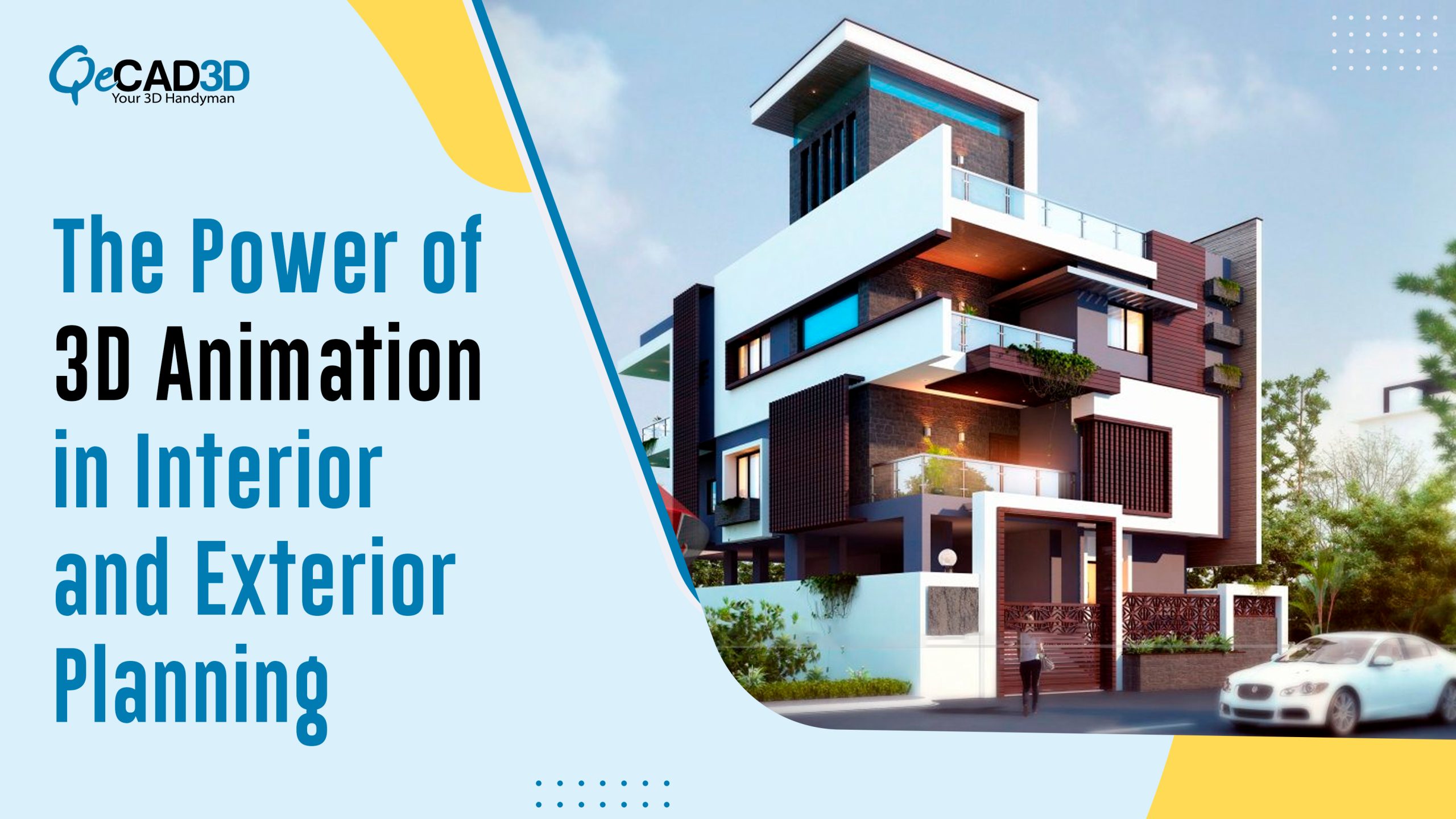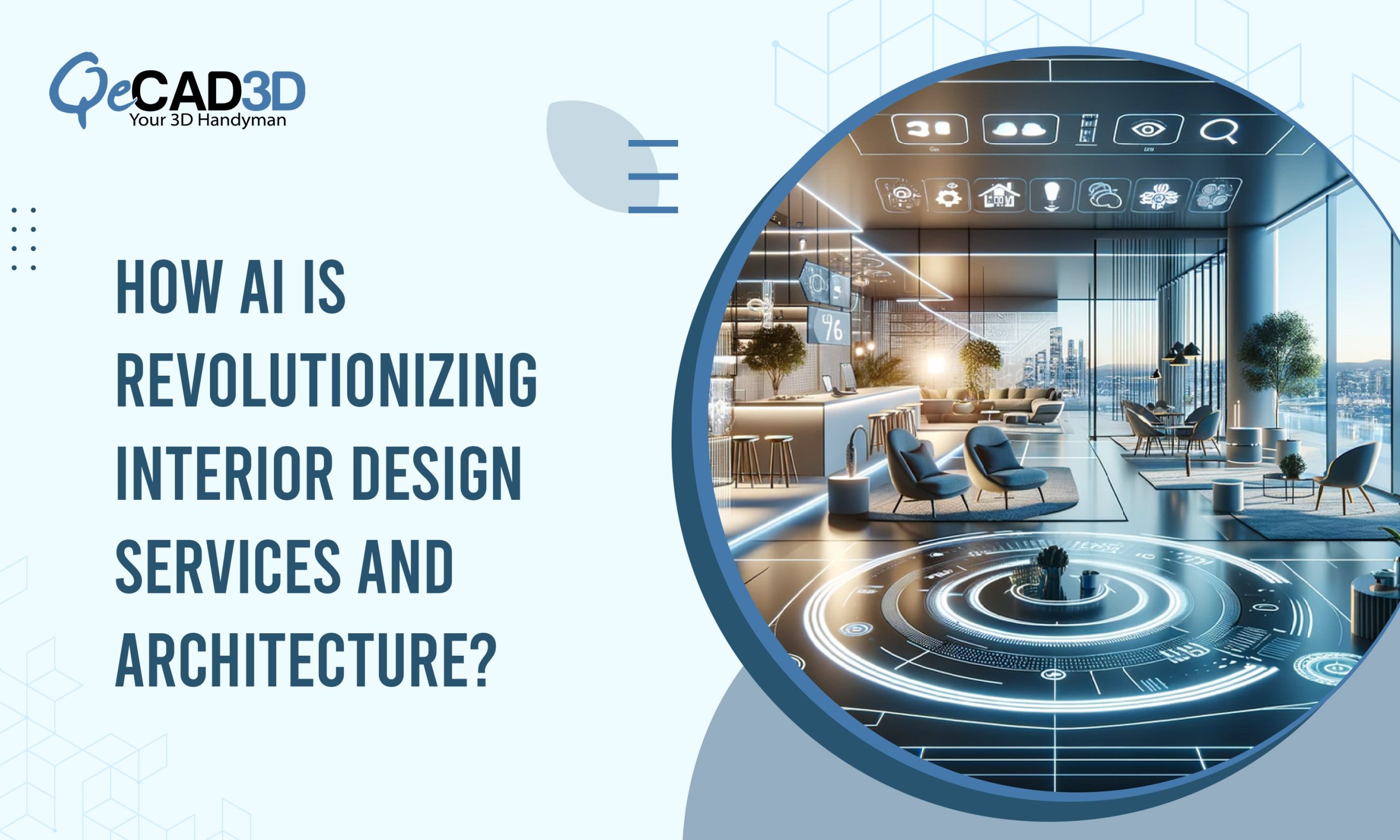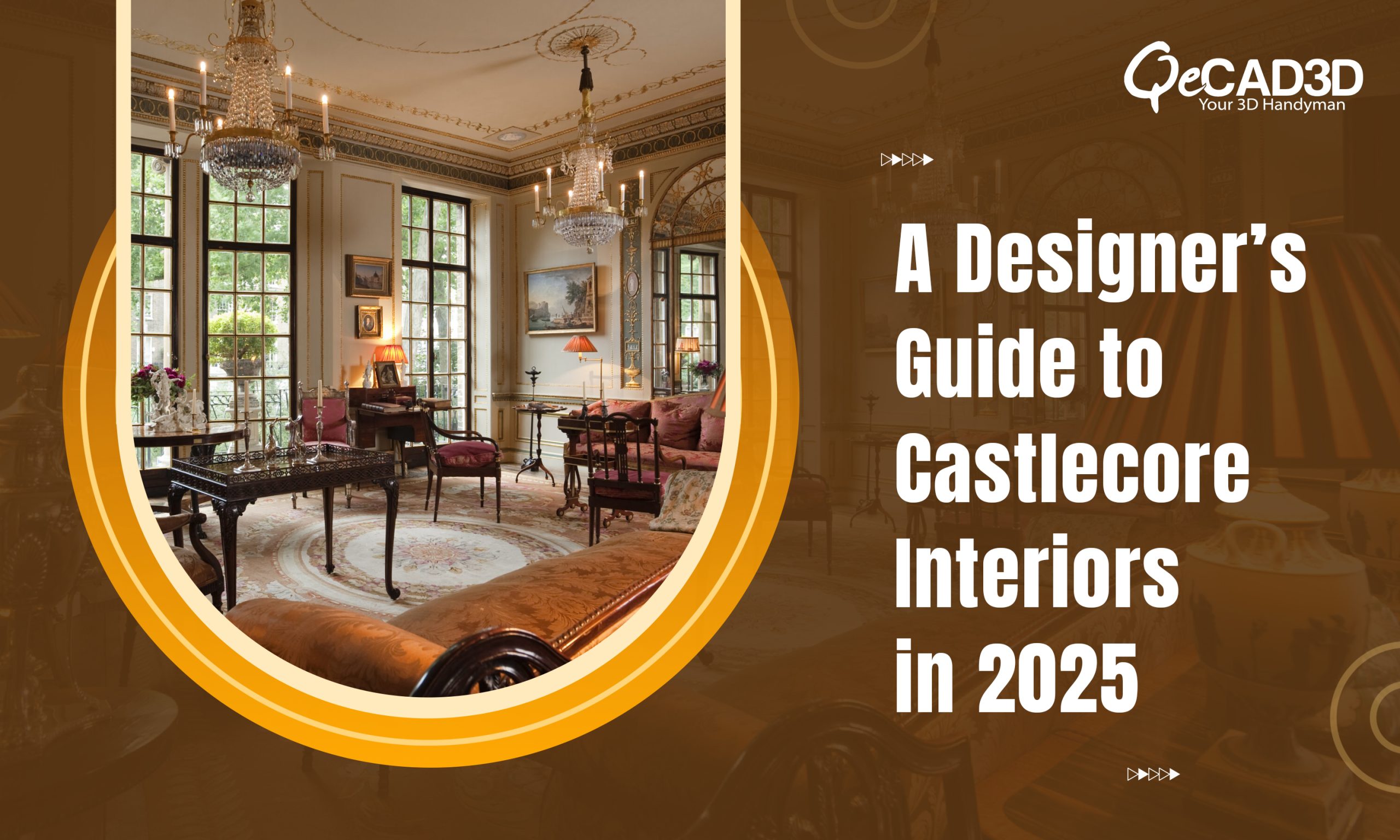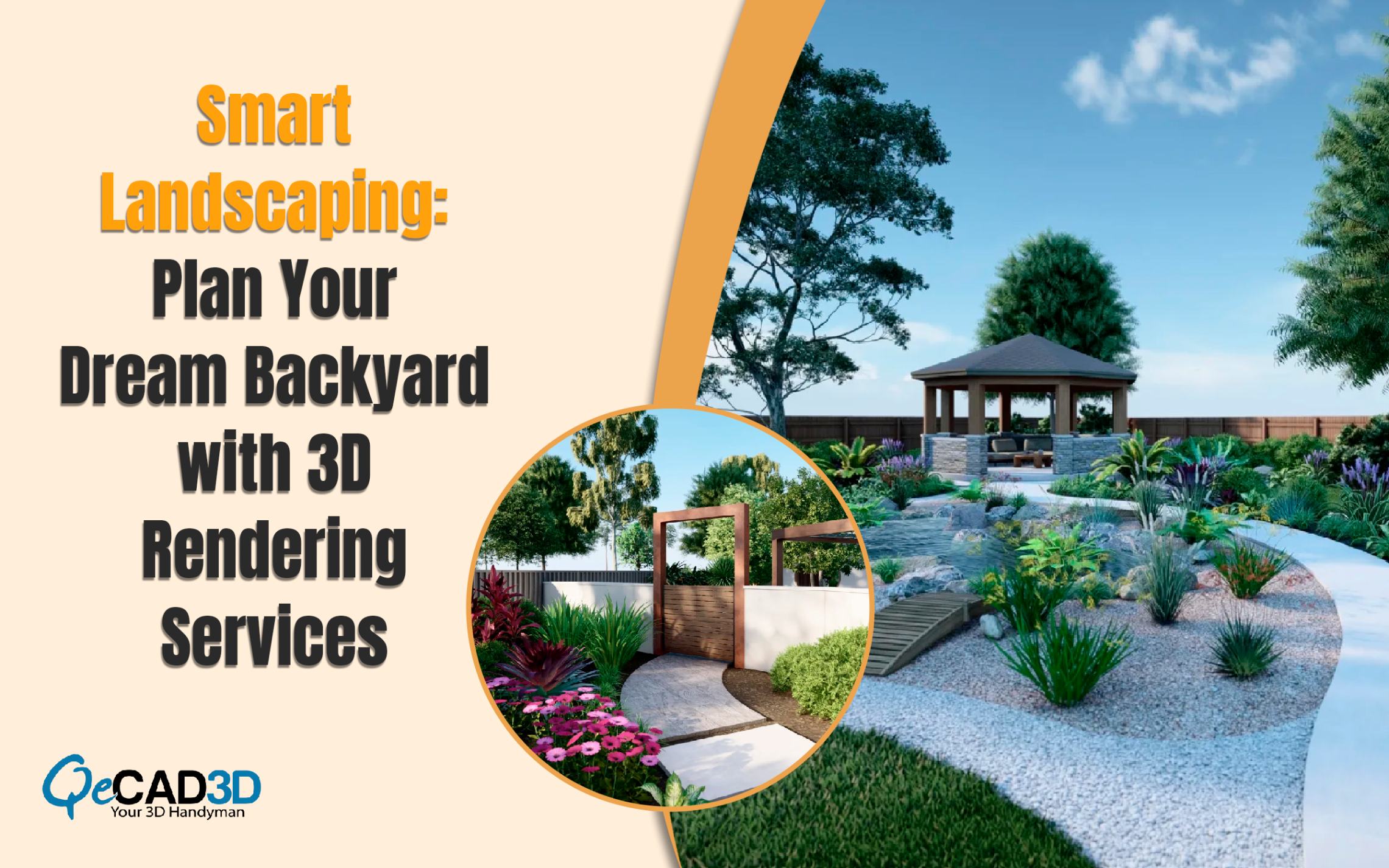The Power of 3D Animation in Interior and Exterior Planning
Introduction
In the world of architecture and interior design, visualization is key. The ability to conceptualize and communicate design ideas effectively can make or break a construction project. Conventional two-dimensional drawings and blueprints have been the longstanding norm, yet they frequently struggle to capture the authentic essence of a space. This is where 3D Animation comes into play, revolutionizing how we plan and design interior and exterior spaces. In this blog, we will understand how 3D Animation simplifies planning, enhances communication, and ultimately leads to better-designed spaces.
Exploring 3D Animation for Interior and Exterior Spaces
1) Enhanced Visualization
The primary benefit of using 3D Animation in interior and exterior planning is enhanced visualization. Traditional floor plans and elevation drawings can be challenging for clients and stakeholders to interpret accurately. These static representations often leave room for misunderstanding and miscommunication, leading to costly revisions later in the design process.
3D Animation, on the other hand, allows designers to create lifelike, immersive renderings of both interior and exterior spaces. This technology enables clients and project stakeholders to walk through the space virtually, gaining a real sense of what the finished product will look like. This enhanced visualization clarifies the design intent and fosters a better connection to the space, making it easier for clients to make decisions.
2) Streamlined Decision-Making
Effective decision-making is essential in any design project. Traditional methods often require clients to rely on their imagination to picture the final result. With 3D Animation, the guesswork is eliminated. Clients can see every detail, from furniture placement to lighting fixtures, before any construction begins.
This transparency in the decision-making process simplifies the planning phase. Clients can provide feedback based on what they see in the Animation, allowing for quicker and more informed decisions. This significantly cut down the time and resources spent on revisions and changes during construction.
3) Early Problem Identification
Incorporating 3D Animation into the planning process helps identify potential issues and challenges early on. Design flaws or spatial inefficiencies that may not be evident in 2D drawings become glaringly apparent in 3D animations. This early detection of problems can save time and money by allowing designers to address issues before they become costly construction errors.
For example, suppose a 3D animation reveals that a particular room layout does not flow well or that certain elements obstruct the flow of natural light. In that case, adjustments can be made at the design stage, preventing costly modifications during construction.
4) Improved Communication
Communication is at the heart of any successful design project. Architects, interior designers, and clients must be on the same page throughout the planning and construction. 3D Animation is a powerful tool for improving communication among all stakeholders.
Instead of relying solely on technical jargon and static drawings, designers can present their ideas in a way everyone can understand. Clients, contractors, and project managers can all view and interact with the 3D animations, ensuring everyone has a clear vision of the project’s goals and objectives.
5) Advanced Visualization Techniques
Beyond the basic 3D rendering capabilities, 3D animation software offers advanced visualization techniques that can significantly enhance the planning process. These include:
- Virtual Reality (VR): By converting 3D animations into VR experiences, designers and clients can immerse themselves in the space before it’s built. This technology provides an unparalleled level of understanding and engagement.
- Augmented Reality (AR): AR applications can overlay 3D animations onto real-world environments, allowing clients to see how a design fits within their surroundings.
- Lighting Analysis: 3D animation software frequently integrates lighting analysis functionalities, simulating natural and artificial light interaction within the given space. This aids in optimizing lighting design for aesthetics and energy efficiency.
Integrating VR and AR requires exporting 3D animation models to compatible platforms or devices, such as VR headsets or smartphones. Additionally, lighting analysis tools use ray tracing algorithms to accurately simulate the behavior of light, which can be resource-intensive.
6) Marketing and Presentation
In addition to its practical benefits, 3D Animation can be a powerful marketing and presentation tool. Design firms can use high-quality animations to exhibit their work to potential clients. These animations can provide a stunning visual representation of the design firm’s capabilities, helping to attract new projects and clients.
Furthermore, developers and real estate professionals can use 3D animations to market properties before they are built. Potential buyers also can have the opportunity to embark on virtual property tours for both residential and commercial spaces, empowering them to make better-informed decisions. This capability can greatly boost a property’s marketing strategies and sales prospects.
Conclusion
Incorporating 3D Animation into the interior and exterior planning process represents a technological leap forward in the design and construction industry. By offering enhanced visualization, data-driven decision-making, early problem identification, improved communication, and advanced visualization techniques, 3D Animation streamlines the entire design lifecycle. The ability to create immersive, realistic renderings of spaces using Exterior Rendering Services simplifies the planning process and ensures that the final result aligns with the client’s vision.
With the continuous advancement of technology, it is probable that 3D animation will become increasingly indispensable in the realm of design and construction. Its ability to simplify complex planning, foster collaboration, and create stunning visualizations using explicit Interior Rendering Services makes it an indispensable tool for those involved in shaping the spaces we live and work in. Embracing 3D Animation is not just a trend; it’s a fundamental shift in bringing our design ideas to life.






